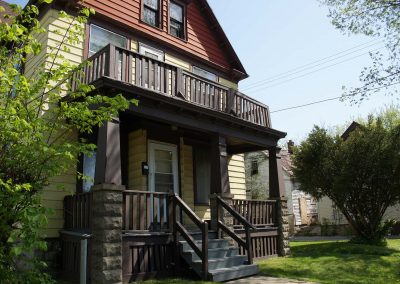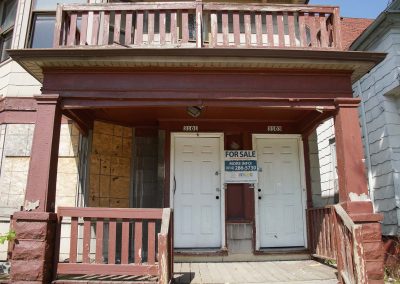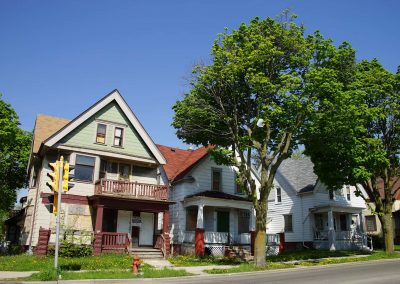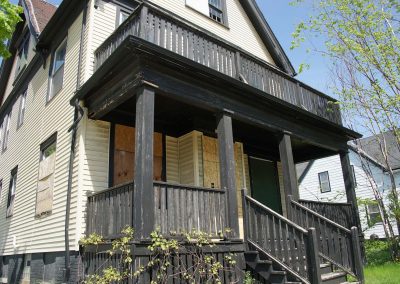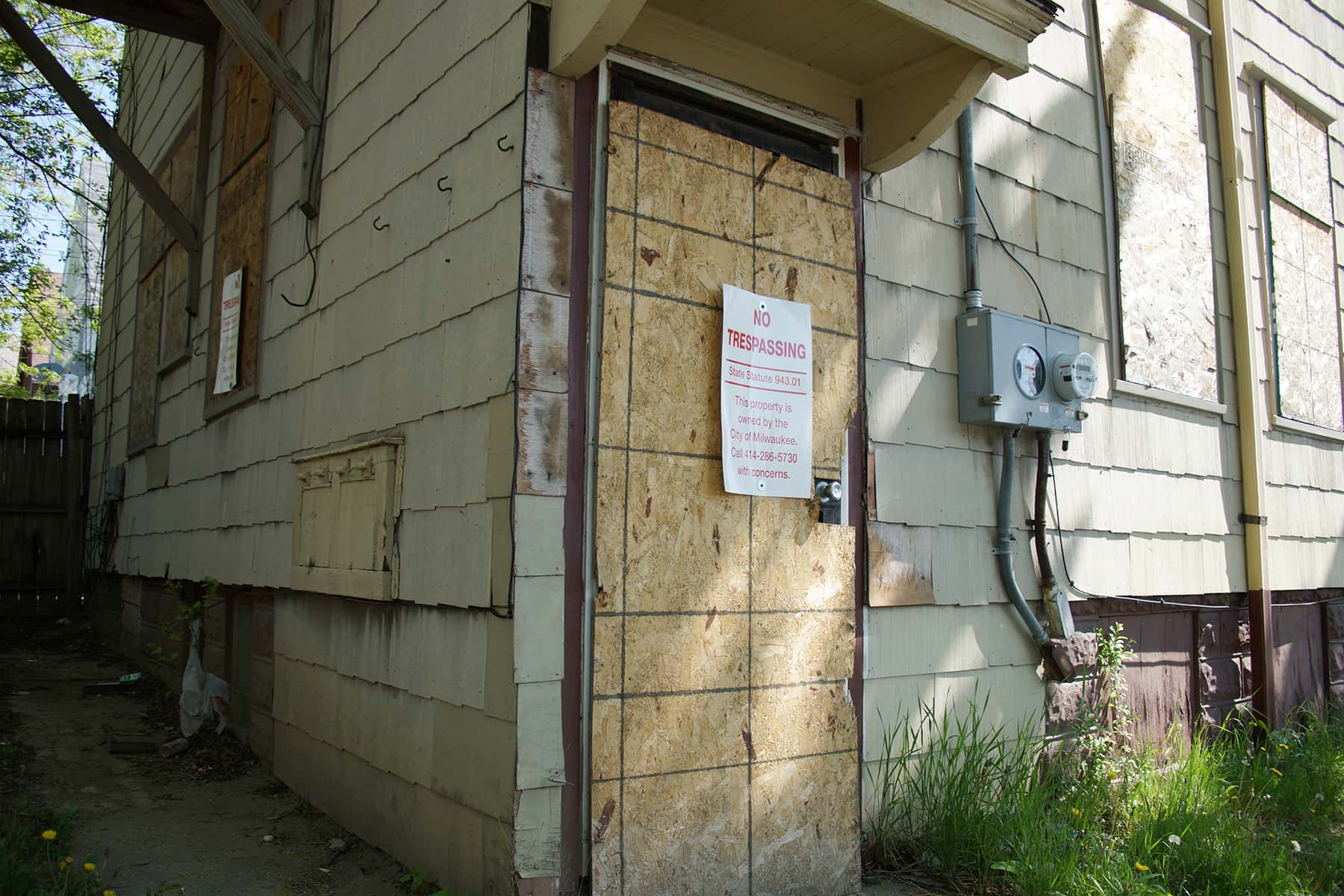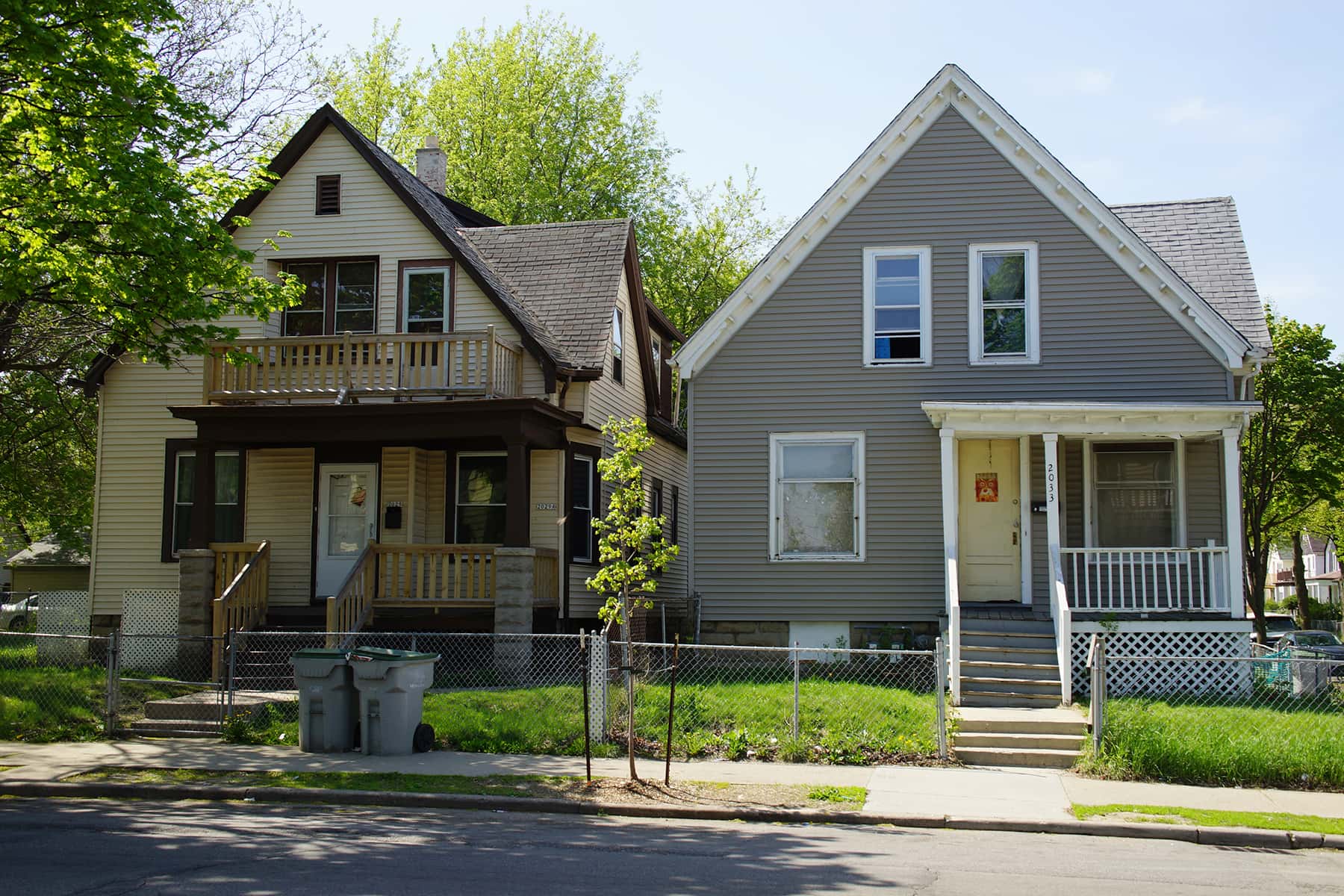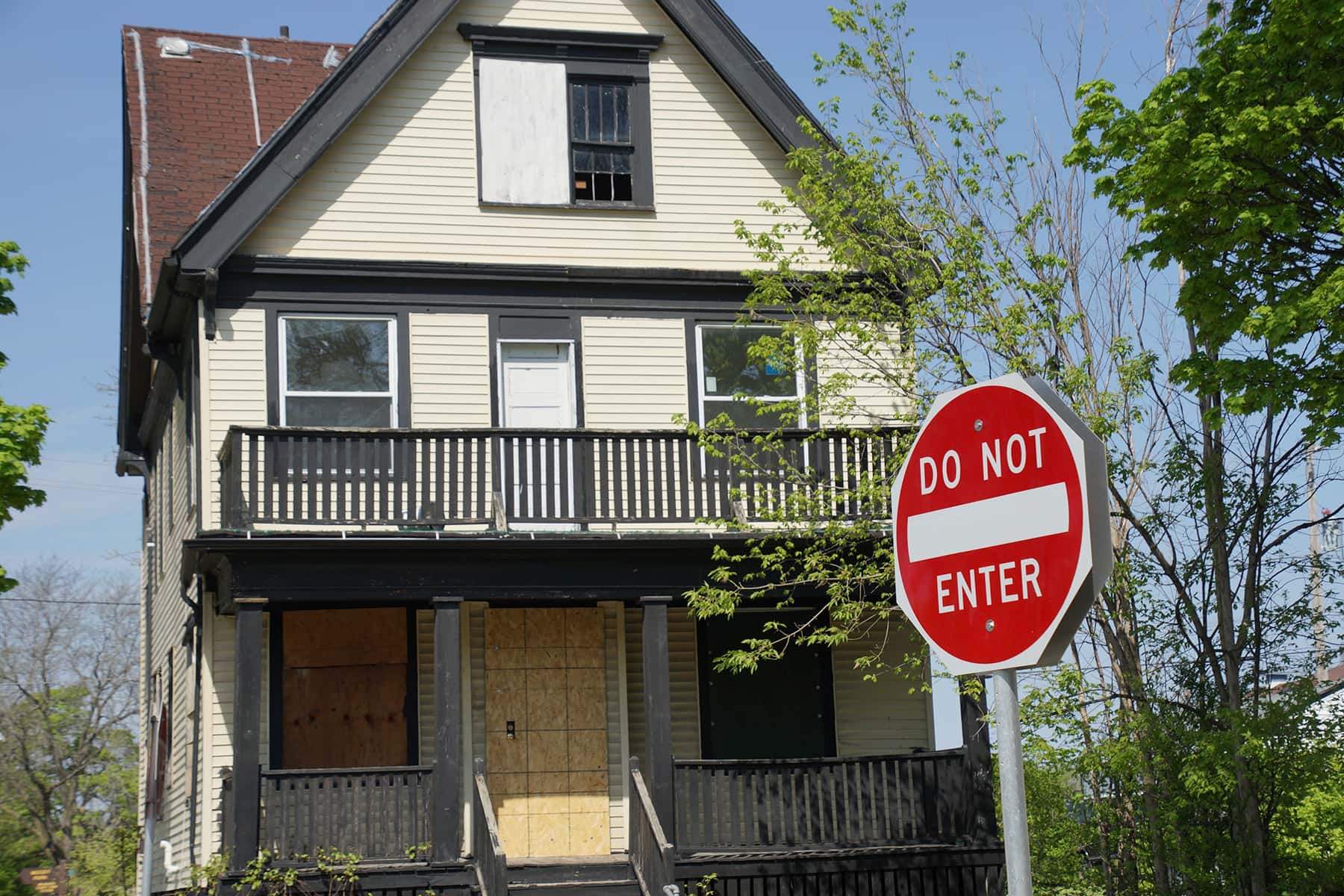
Milwaukee County still has the highest poverty rate in Wisconsin, according to a new supplemental report following up on the 2016 Wisconsin Poverty Report from the University of Wisconsin-Madison’s Institute for Research on Poverty.
The poverty rate statewide currently sits at around 11 percent, but in Wisconsin’s most populous county, rates reach up toward 18 percent, the report states.
“We’ve seen this for a long time,” said Timothy Smeeding, director of the Institute for Research on Poverty. “There have been other areas during the Great Recession where poverty was almost as high, but Milwaukee is consistently long-term high poverty particularly in the central city.”
Yet there is good news in the report, Smeeding said. Twenty-nine counties in the state were below average in terms of poverty and the rest were at average, except for Milwaukee County. The fact that it remains a standout opens the door to a larger conversation, he said.
“There was one (county) stubbornly pulling everything up, and significantly so, and that was Milwaukee,” Smeeding said. “So we said, ‘Let’s take a look at Milwaukee,’ and if you’re going to look at Milwaukee and look at poverty, we need to look at race and ethnicity too.”
Even within the county, there’s stark variance. The report looked at eight sampling areas within the county that included at least 100,000 residents, according to the U.S. Census Bureau.
“It goes from 30 and 40 (percent poverty) and higher in the middle to 4 and 5 percent in the suburbs, within the same county, you don’t have to go to Waukesha, Ozaukee, Jefferson,” he said.
Milwaukee is often cited as one of the most segregated cities in the country, and that separation indicates bigger disparities, he said.
“The spatial segregation, it reflects incarceration, it reflects bad schools, it reflects lack of good jobs and it reflects, you know, family structure which is affected clearly by imprisonment and lack of jobs and so forth,” Smeeding said.
While Wisconsin’s low unemployment rates are often touted by officials, it doesn’t paint the full picture, Smeeding said. Black unemployment rates are consistently significantly higher than that of whites in Wisconsin, largely because of lack of access to good paying jobs, he said.
“You need to get the people to the jobs and the jobs are on the periphery,” he said. “Even the jobs in the infrastructure we’re building up for Foxconn and everything, those jobs do not require high levels of education.”
For those who live in inner-city Milwaukee, Smeeding said employers or the state should offer transportation to jobs outside of the city. He also argues in favor of giving those who were formerly incarcerated a second chance.
“Around half of African-American men in Milwaukee have some sort of criminal record that makes it much harder to get a job any kind of job,” Smeeding said.
Child care and housing costs also play their role, he said. Within Milwaukee County only 1 in 8 African-American children live in economically comfortable households — meaning incomes above twice the poverty line, according to the report.
“They don’t have alternatives,” he said. “The families can’t move out to avoid the violence and to improve the schools and things for their kids. So that’s a problem, if we’re going to solve poverty in the state of Wisconsin, we have to pay attention to Milwaukee.”
Mary Kate McCoy
Lee Matz
Originally published by Wisconsin Public Radio as Study: Poverty Remains High For Milwaukee County

